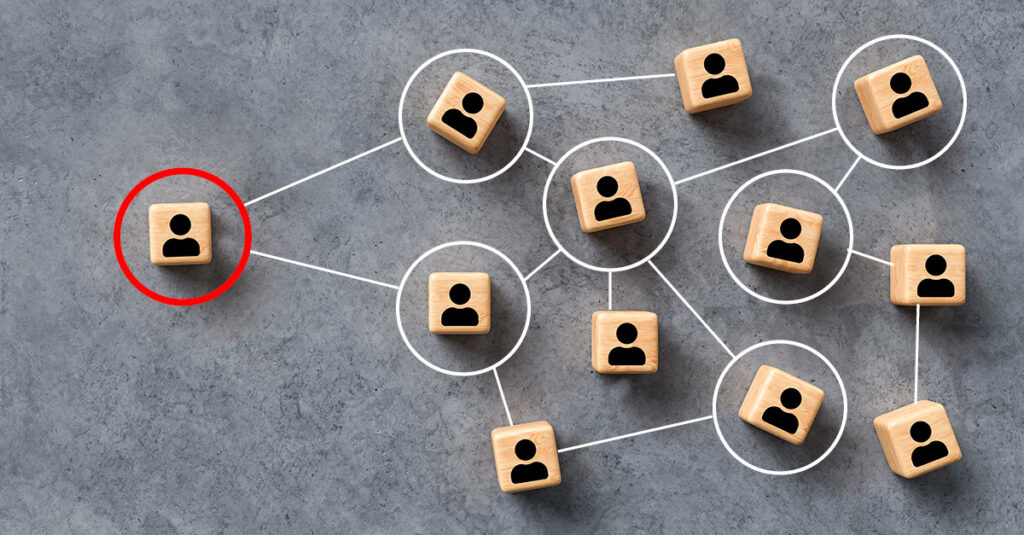Throughout the COVID-19 pandemic, communities and organizations around the world have taken multiple steps to stop the spread of the coronavirus. Efforts range from enacting mask mandates, limiting capacity in physical establishments, and increasing virus testing—to closing shop and going into large-scale lockdowns. Another initiative that continues to gain attention as a way to mitigate COVID-19’s spread is through the practice of contact tracing. As an established public health measure, contact tracing complements existing COVID-19 initiatives and adds a systematic, data-driven layer to any community’s pandemic response.
The process of contact tracing amid COVID-19 can be described in five steps:
- Receive the contact information of individuals who have tested positive for COVID-19 from local laboratories, hospitals, health systems, and public health services.
- Connect with individuals who have received a positive COVID-19 test result to collect demographic, travel history, and other risk exposure information.
- Gather information about the contacts that the individual had been near during their infectious period.
- Inform identified individuals of their potential exposure and encourage them to self-quarantine, seek treatment, and/or obtain medical advice if they experience symptoms.
- Complete all documentation utilizing Local Health Department (LHD) or state platforms.
Contact tracing is far from a new practice; some people point as early as the bubonic plague when identifying the use of contact tracing principles. In a contemporary sense, however, contact tracing has been used since the 19th century, with utilization amid smallpox, typhoid, tuberculosis, STIs, and H1N1 epidemics. When considering COVID-19, advancements in communication technology and information systems have put contact tracing in place to be more sophisticated, intuitive, and wide-reaching than ever before.
In the United States, NPR and the Johns Hopkins Center for Health Security reported over 50,000 people employed as contact tracers in October 2020, quadrupling the number previously recorded in April. However, that number is far less than the amount recommended by public health experts to optimize the reach of contact tracing. Indeed, a mathematical model created by Stanford University’s Freeman Spogli Institute for International Studies found contact tracing to “reduce transmissions significantly” only when detection and successful outreach to contacts exceed 50%. Nonetheless, when contact tracing is combined with necessary access to COVID-19 testing and compliance in quarantining and isolation, the same model found the combination to reduce transmission by nearly 50%. In addition to preventing further spreading of COVID-19, scientists also look to contact tracing as an opportunity to gather data and measure trends of residents who test positive for the virus. This kind of data can lead to a greater understanding of the virus and contribute to the pandemic’s eventual end.
However, it’s worth remembering that contact tracing requires enough people to connect with COVID-positive and exposed residents to truly be effective. That’s why PRC has joined the fight to Crush the Curve of COVID-19 and start offering contact tracing services. Our longtime experience in connecting with patients, hospital employees, physicians, and others have prepared us to conduct the outreach needed to make a meaningful impact in preventing further transmission, and we are accepting applicants from states across America to join our team. Contact tracing alone may not be able to end the COVID-19 pandemic, but it can certainly stop numerous preventable cases, so together, we look forward to growing our team and making as big of a difference as possible in the fight against COVID-19.
Learn more about our contact tracing initiatives and view current contact tracing openings here. Looking for a contact tracing partner for your community? Send us an email today!
Sources and Further Reading
Can Contact Tracing Work At COVID Scale?
Model shows potential contact tracing impact against COVID-19
Your Health: Contact Tracing (CDC)

